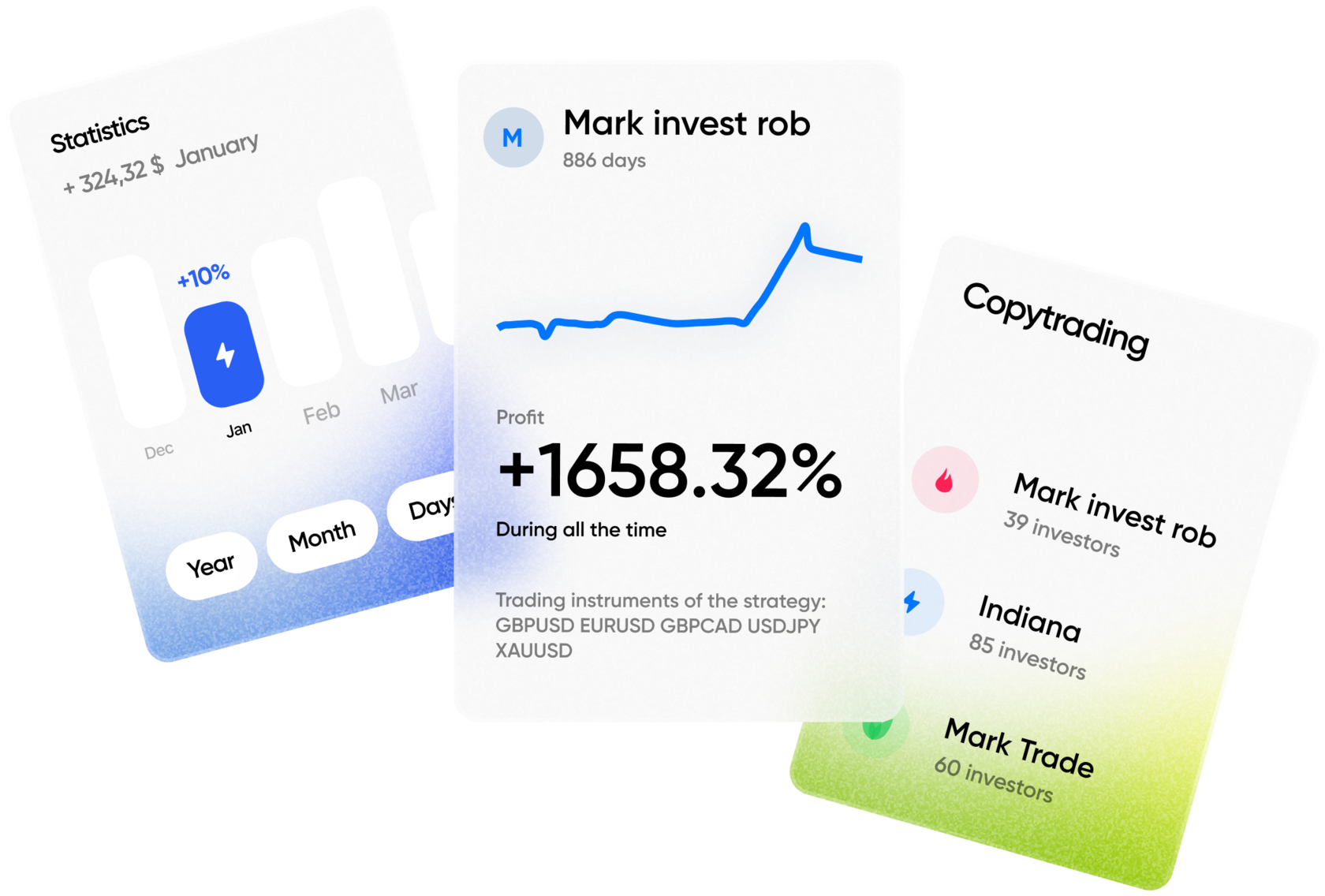Trading Forex is a versatile journey, and like any journey, the path you take depends a lot on your personality, time commitment, and risk appetite. Some traders love the adrenaline of fast-paced action—jumping in and out of trades within minutes.
Others prefer a steadier, more strategic approach. Swing trading sits right in the middle. It’s the sweet spot for many beginners and part-time traders who want solid results without being chained to their screens all day.
But what exactly is swing trading, and how can a beginner learn to do it right? Let’s break it down.
What is Swing Trading?
Swing trading is a trading style that aims to capture price swings over a period of a few days to a week. It’s not as fast-paced as day trading, and it’s not as slow as long-term investing. Instead, it balances time and reward. You’re holding trades long enough to catch significant moves, but not so long that market surprises destroy your gains.
Professional traders often integrate swing trading into their overall strategy because it allows them to diversify—mixing in shorter trades while keeping an eye on bigger opportunities.
If you’re working full time, swing trading might just be your best bet. It gives you enough breathing room to analyze the market after work, place trades, and manage them without the stress of minute-by-minute decisions.
Why Swing Trading Is Good for Beginners
First off, swing trading is relatively easy to learn—far easier than the laser-fast reflexes of scalping or the intricate web of fundamentals often needed in position trading.
Swing trading lets you develop a feel for price action, trend behavior, and market psychology without overwhelming complexity. You’re not trying to predict every tiny move. You’re looking for strong setups and letting the market do the rest.
It’s also forgiving. Because you’re working on higher time frames (usually the 4-hour chart), your trades are less vulnerable to intraday noise. You’re not likely to get stopped out by a small news spike or a random price wiggle.
How Swing Trading Works
Imagine the market like an ocean. There are small waves (scalping), daily tides (day trading), and bigger, predictable currents. Swing traders aim to ride those larger waves—the ones that push the market 50, 100, even 200 pips in a direction over several days.
Swing trades are often placed based on support/resistance levels, trendlines, and simple moving averages. One of the most effective tools for swing traders is the 21-period simple moving average (SMA), used to spot trend direction and pullbacks.
In uptrends, swing traders look for prices to return to the SMA before bouncing higher. In downtrends, they wait for price to touch or slightly breach the SMA, then continue lower. It’s a strategic dance of patience and timing.
A Simple Swing Strategy for Beginners

Here’s a practical swing strategy you can start with today, using the 4-hour chart, the 21 SMA, and the RSI (Relative Strength Index) with a setting of 10.
Buy Setup
- Trend Confirmation: Price is above the 21 SMA.
- Wait for a Pullback: Price touches or dips just below the 21 SMA.
- RSI Hook: RSI drops below 50 and begins to curve upward.
- Confirmation: RSI crosses above 50 again.
- Entry: Place a buy stop order above the high of the candle that shows the RSI hook.
- Stop Loss: Set it 5 pips + spread below the candle’s low.
- Take Profit: Aim for 2–3x the risk.
Sell Setup
- Trend Confirmation: Price is below the 21 SMA.
- Wait for a Pullback: Price rises to touch or slightly exceed the 21 SMA.
- RSI Hook: RSI goes above 50 and starts to turn down.
- Confirmation: RSI falls below 50.
- Entry: Place a sell stop below the low of the candle showing the RSI hook.
- Stop Loss: 5 pips + spread above the candle’s high.
- Take Profit: 2–3x your risk.
This approach helps you align with the trend, wait for pullbacks, and confirm momentum before entering. It’s not about guessing—it’s about stacking probabilities in your favor.
When to Swing Trade
Timing is everything. The 4-hour chart provides a sweet balance between decision-making time and trade action. You can review your charts two or three times a day—before work, during lunch, and after dinner. That’s enough.
The best days to look for setups are at the start of the trading week. Set your trades in the evening (before major sessions like London or New York open). That way, you’re not glued to the screen during the day and can avoid emotional over-trading.
How Pros Use Swing Trading
Professional traders rarely use just one method. Many combine swing trading with other strategies—like scalping during major news releases or intra-day trading when volatility is high. But swing trading is often the backbone, providing the steady, higher-probability trades that make up the majority of profits.
They also manage risk religiously. No matter how good a setup looks, they’ll never risk more than a small portion of their account—typically 1–2% per trade.
They’re also patient. Swing trading requires a calm mindset. You won’t get rich overnight, but over time, consistently profitable trades add up.
Final Thoughts
If you’re new to Forex or still struggling to find a method that works, swing trading offers a practical, manageable starting point. It teaches discipline, trend recognition, and market structure—skills you’ll use forever.
Before going live, test the strategy in a demo account. Get comfortable with the process, refine your entries and exits, and learn how to manage risk. There’s no rush.
Once you’re confident, swing trading can be a powerful way to grow your account—without turning trading into a full-time job.
Remember: Success in trading doesn’t come from complexity. It comes from mastering a simple method, applying it consistently, and managing your risks like a pro.
Welcome to the world of swing trading. Now it’s your turn to ride the wave.







